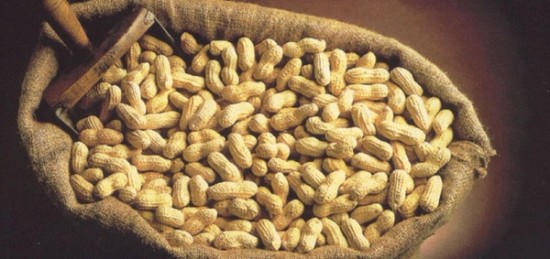By: Kelsey Lorencz
Magnesium is one of the seven major essential minerals that help make up our body. While you’ll also find magnesium in rocks and the ocean, it serves a significant role in making your body healthy and strong.
What is Magnesium
Magnesium is a mineral that’s found in the body and used for several essential functions. We can only get magnesium through the food we eat or via dietary supplements, making it an essential nutrient. Lucky for us, magnesium is found in a lot of delicious and nourishing whole foods!
Magnesium’s primary roles include (1):
- Energy metabolism
- Protein synthesis
- Regulate blood pressure and heart rhythm
- Maintain blood sugar levels
- Support a healthy immune system and nerve function
- Promote strong muscles and bones
The Recommended Dietary Allowance (RDA) for magnesium in adults ranges from 310 to 420 milligrams per day (1). Developing symptoms of a magnesium deficiency is rare, but surveys have found that many people eat less than the recommended amount (2).
Some people are at a higher risk of magnesium deficiency because they typically don’t get enough through foods or because of a medical condition. Groups at-risk for deficiencies include people with alcohol dependence, diabetes, Chron’s disease, Celiac disease and older adults. (2)
Routine lab work won’t detect a magnesium deficiency unless you’re specifically being tested for it. Some signs of a magnesium deficiency include nausea, vomiting, muscle cramping, weakness and an abnormal heart rhythm (1).
What Foods Contain Magnesium?
While many foods contain small amounts of magnesium, there are also several good sources (3, 4):
- Spinach
- Nuts and seeds
- Black Beans
- Oats
- Brown rice
- Plain Yogurt
- Potatoes
Peanuts are also a good source of magnesium, containing 10% daily value per serving. Eating a varied diet and pairing peanuts or peanut butter with other sources of magnesium is a great way to meet the RDA.
Fun ways to include magnesium in your meals and snacks
It’s one thing to talk about the importance of single nutrients and foods, but another to incorporate them into your diet each day. Here are some great-tasting meal and snack ideas to help you get your daily allowance of magnesium.
- Peanut butter spread on a banana.
- Peanut Butter Granola Bars
- Sriracha Peanut Noodles
- Chocolate Peanut Butter Banana Smoothie
Kelsey Lorencz, RD is the owner of Graciously Nourished, a plant-focused eating consulting company which provides budget-friendly plant-focused recipes.
References:
- “Magnesium in Diet: Medlineplus Medical Encyclopedia.” MedlinePlus, U.S. National Library of Medicine, 19 Jan. 2019, medlineplus.gov/ency/article/002423.htm.
- “Office of Dietary Supplements - Magnesium.” NIH Office of Dietary Supplements, U.S. Department of Health and Human Services, 2 June 2022, ods.od.nih.gov/factsheets/Magnesium-HealthProfessional/.
- Whitbread, Daisy. “Top 10 Foods Highest in Magnesium.” Myfooddata, My Food Data, 20 Sept. 2023, https://www.myfooddata.com/articles/foods-high-in-magnesium.php
- “Office of Dietary Supplements - Magnesium.” NIH Office of Dietary Supplements, U.S. Department of Health and Human Services, https://ods.od.nih.gov/factsheets/Magnesium-HealthProfessional/#en1. Accessed 8 Feb. 2024.
